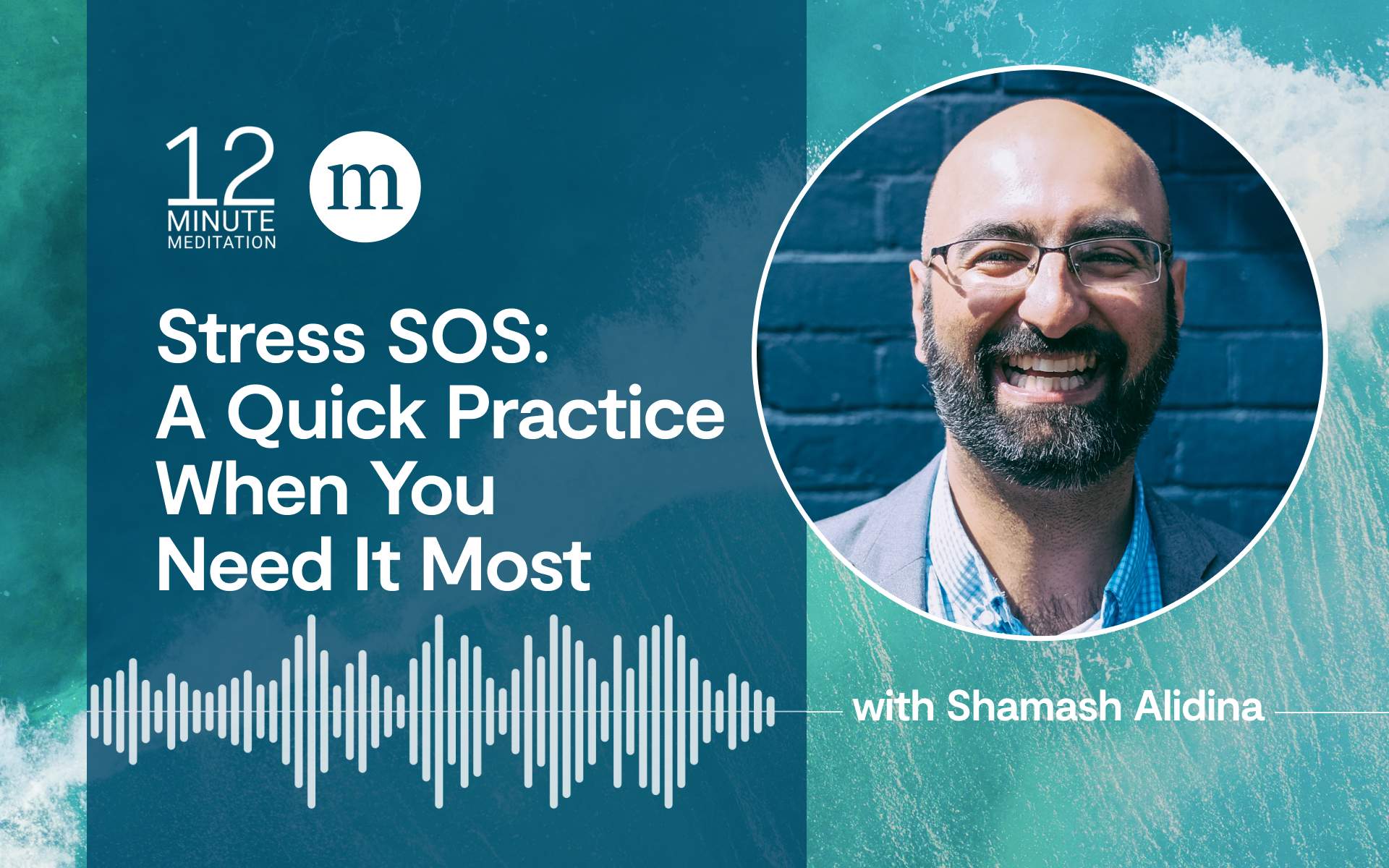This simple meditation trains your attention so you can learn how to choose what you’d like to focus on rather letting your mind wander around unattended. A wandering mind is a potentially dangerous thing. If you can find time to meditate along with this simple practice a few times a week, you may find you’re better prepared to pull yourself out of an everyday thought ride you didn’t intend to take. The more you can notice when your mind has wandered, the more chances you have to bring yourself back to the present moment. Please, proceed with kindness for your naturally-wandering mind.
A 5-Minute Mindful Breathing Practice to Restore Your Attention
- Start by sitting comfortably on a cushion or in a chair. Close your eyes if you like, or leave them open and lower your gaze toward the floor.
- Just breathe. Breathe as you normally would. There’s nothing special to do, or make happen. And then draw your attention to the physical sensation of each breath. You might notice the rising and falling of your abdomen or chest. Or you might notice the air moving in and out through your nose or mouth. With each breath, guide attention as best as you’re able back to your breathing. Breathing in… and breathing out.
- Be kind to your busy mind. Almost immediately, and many times over, we’ll find ourselves distracted. Our attention will always wander—that’s what it does. That’s normal, and always going to be part of our experience—both in meditation and in life. You might find that your attention wanders toward a sound, or a thought, or a sensation. Without giving yourself a hard time, return your attention back to the sensation of breathing.
- When your mind wanders, gently return it to noticing your breathing. If something grabs your attention—a bird singing, a noise in the room—notice that happened, and then let it go as best as you’re able. Come back to the breath without expecting anything more. For a few moments, give yourself an opportunity to settle.
- There’s nothing to do or fix. Sometimes, our mind remains busy and caught up during meditation. Noticing that, practice patience. We cannot force our minds into stillness, and that’s never the intention. Right now, in this moment, there’s nothing to fix or do. Whether you find the experience pleasant, unpleasant, or otherwise, allow everything to be for a few moments.
- Return to the breath. Breathing in and breathing out, return your attention to the breath once again.
- When you’re ready, gently open your eyes. Pause for a moment, and then decide how you’d like to continue on with the rest of your day.








